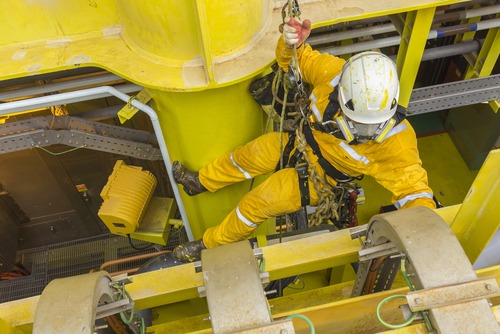The oil and gas industry has hazards that workers and employers need to stay aware of to reduce the chances of getting hurt. When an employer is negligent about maintaining equipment on the job site, you could seek compensation for injuries. Texas law requires that companies have workers’ compensation to cover employees. You could file a lawsuit against your company for not having worker’s compensation.
Struck-by, caught-in and caught-between
Many on-site fatalities in the oil and gas industry are from struck-by, caught-in and caught-between injuries. Oil and gas job sites have moving equipment, high-pressure lines and falling equipment. This naturally increases your risk of these types of injuries. Because of how heavy the equipment is, severe injuries or death can occur. You can help protect yourself by following head protection, hand protection, foot protection, eye and face protection and machinery standards. Also, do your best to always get enough sleep and eat a healthy diet, so you will be alert at work.
Confined spaces
Oil and gas workers often have to enter confined spaces like mud pits, storage tanks, sand storage containers and reserve pits. Ignition of flammable vapors and gases are a risk in these confined spaces. Employers need to label confined spaces that have a serious hazard as permit-required confined spaces. They also need to monitor these hazardous confined spaces continuously and test them before a worker enters.
Highway vehicle crashes
Oil and gas workplace accidents sometimes occur while employees are driving to work on the highway. Because oil and gas job sites are usually in remote areas, workers have to drive long distances. Being drowsy on the highway puts you at higher risk of an accident.
Following safety protocols is crucial when you work in the oil and gas injury. Employees can sustain serious to fatal injuries from moving equipment, confined spaces and being drowsy while driving long distances to the worksite.
